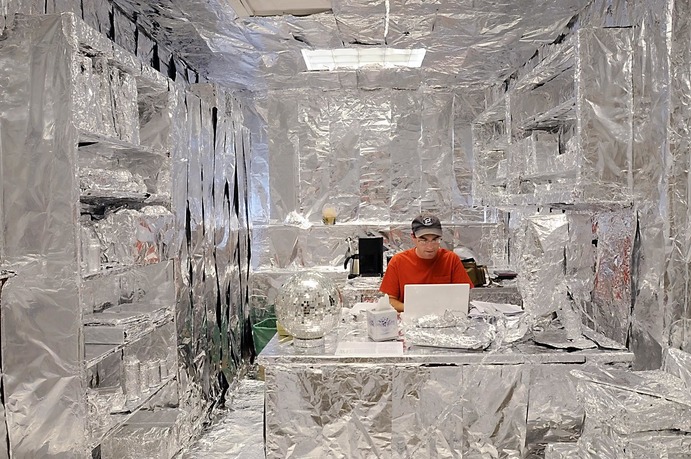Lower 5G Frequency Bands (future considerations):
The bands 600 MHz, 700 MHz, 800 MHz, 900 MHz, 1.5 GHz, 2.1 GHz, 2.3 GHz and 2.6 GHz are considered for traditional coverage applications and new specific usages such as Internet of Things (IoT), Industry Automation, and Business Critical use cases. However “refarming” will be required for most of these bands, hence the time required to have them allocated to 5G will be longer than the higher bands.
.
In the far-field of a source of RF energy (e.g., several wavelengths distance from the source) whole-body absorption of RF energy by a standing human adult has been shown to occur at a maximum rate when the frequency of the RF radiation is between about 80 and 100 MHz, depending on the size, shape and height of the individual. In other words, the SAR is at a maximum under these conditions. Because of this “resonance” phenomenon, RF safety standards have taken account of the frequency dependence of whole-body human absorption, and the most restrictive limits on exposure are found in this frequency range (the very high frequency or “VHF” frequency range). …
… At relatively low levels of exposure to RF radiation, i.e., field intensities lower than those that would produce significant and measurable heating, the evidence for production of harmful biological effects is ambiguous and unproven. Such effects have sometimes been referred to as “non-thermal” effects. … there has been no determination that such effects might indicate a human health hazard, particularly with regard to long-term exposure. …
… Biological effects that result from heating of tissue by RF energy are often referred to as “thermal” effects. … Under certain conditions, exposure to RF energy at power density levels of 1-10 mW/cm2 and above can result in measurable heating of biological tissue (but not necessarily tissue damage). The extent of this heating would depend on several factors including radiation frequency; size, shape, and orientation of the exposed object; duration of exposure; environmental conditions; and efficiency of heat dissipation. … Two areas of the body, the eyes and the testes, are known to be particularly vulnerable to heating by RF energy because of the relative lack of available blood flow to dissipate the excessive heat load (blood circulation is one of the body’s major mechanisms for coping with excessive heat). …
… Studies have shown that environmental levels of RF energy routinely encountered by the general public are far below levels necessary to produce significant heating and increased body temperature.
Source: “Questions and Answers about Biological Effects and Potential Hazards of Radiofrequency Electromagnetic Fields”; Federal Communications Commission Office of Engineering & Technology;
OET Bulletin 56, Fourth Edition, August 1999
.
52 references to various study reports investigating possible damage from RF radiation here (2017 paper).
Mobile phone tips. Do remember not to peer too close with one’s eyes to those racy video streams on the tiny screen (lest your eyeballs boil), and do take care when recording those selfies “way down under” … 




 and half of the time I’m not even in the same room my phone is in. The only thing I spend a bit of time on is ELR… no twitter, FB or anything like that. There’s more to life than watching a screen.
and half of the time I’m not even in the same room my phone is in. The only thing I spend a bit of time on is ELR… no twitter, FB or anything like that. There’s more to life than watching a screen.